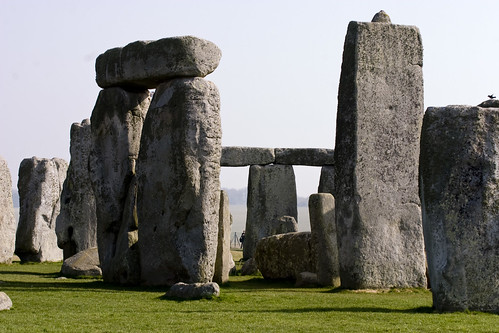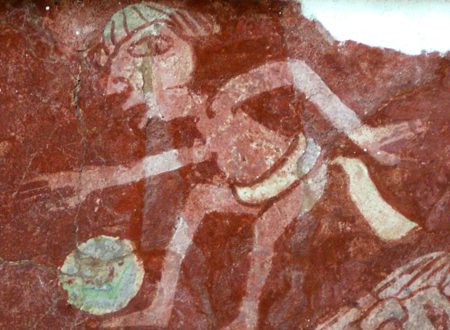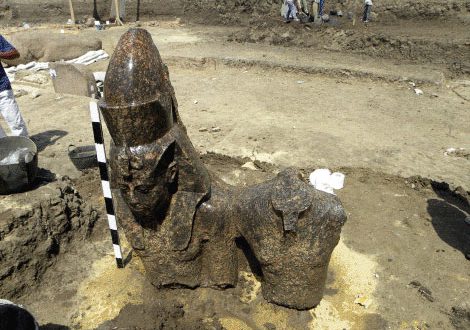 The source of Stonehenge’s bluestones a distinctive set of stones that form the inner circle and inner horseshoe of Stonehenge has long been a subject of fascination and considerable controversy.
The source of Stonehenge’s bluestones a distinctive set of stones that form the inner circle and inner horseshoe of Stonehenge has long been a subject of fascination and considerable controversy.
In the early 1920s, one type of bluestone, the so-called spotted dolerite, was convincingly traced to the Mynydd Preseli area, in north Pembrokeshire. However, the sources of the other bluestones – chiefly rhyolites (a type of rock) and the rare sandstones remained, unknown.
Now geologists at Amgueddfa Cymru, the National Museum Wales, have further identified the sources of one of the rhyolite types.
The find also provides the opportunity for new thoughts on how the stones might have been transported to the Stonehenge area.
Dr Richard Bevins, in partnership with Dr Rob Ixer, University of Leicester and Dr Nick Pearce of Aberystwyth University, have been working on the rhyolite component of the bluestones, which leads them to believe it is of Welsh origin.
For their research, the team used standard petrographical techniques, as well as sophisticated chemical analysis using laser ablation induction coupled mass spectrometry in which the rock’s microscopic crystals are vaporised, with the chemical composition of the resulting gases unique for each form of rock.
They tested samples from Stonehenge and north Pembrokeshire, and matched one particular rhyolite to an area north of the Mynydd Preseli range, in the vicinity of Pont Saeson (ordenance survey map).
Matching up the rock from Stonehenge with a rock outcrop in Pembrokeshire has been a bit like looking for a needle in a haystack but Ive looked at many if not most outcrops in the Mynydd Preseli area, says Bevins.
We are however, confident that we have found the source of one of the rhyolites from Stonehenge because weve been able to make the match on a range of features not just a single characteristic. Now we are looking for the sources of the other Stonehenge volcanic and sandstone rocks.

Much of the archaeology in recent years has been based upon the assumption that Neolithic Age man had a reason for transporting bluestones weighing up to four tonnes all the way from west Wales to Stonehenge and the technical capacity to do it.
“This recent discovery is very significant as it potentially provides us with new clues for understanding how and possibly why the Welsh bluestones were transported to the Stonehenge area, explains Dr Richard Bevins, Keeper of Geology at the National Museum Wales.
It has been argued that humans transported the spotted dolerites from the high ground of Mynydd Preseli down to the coast at Milford Haven and then rafted them up the Bristol Channel and up the River Avon to the Stonehenge area.
However, the outcome of our research questions that route, as it is unlikely that they would have transported the Pont Saeson stones up slope and over Mynydd Preseli to Milford Haven.
If humans were responsible then an alternative route might need to be considered. However, some believe that the stones were transported by the actions of glacier sheets during the last glaciation and so the Pont Season discovery will need appraising in the context of this hypothesis.
Stonehenge-researcher Mike Parker Pearson called the discovery hugely significant.
It forces us to re-think the route taken by the bluestones to Stonehenge and opens up the possibility of finding many of the quarries from which they came, added Parker Pearson, Professor of Archaeology at Sheffield University.
Its a further step towards revealing why these mysterious stones were so special to the people of the Neolithic.
The findings are published in the March 2011 edition of the Journal of Archaeological Science, as ‘Stonehenge rhyolitic bluestone sources and the application of zircon chemistry as a new tool for provenancing rhyolitic lithics‘.




